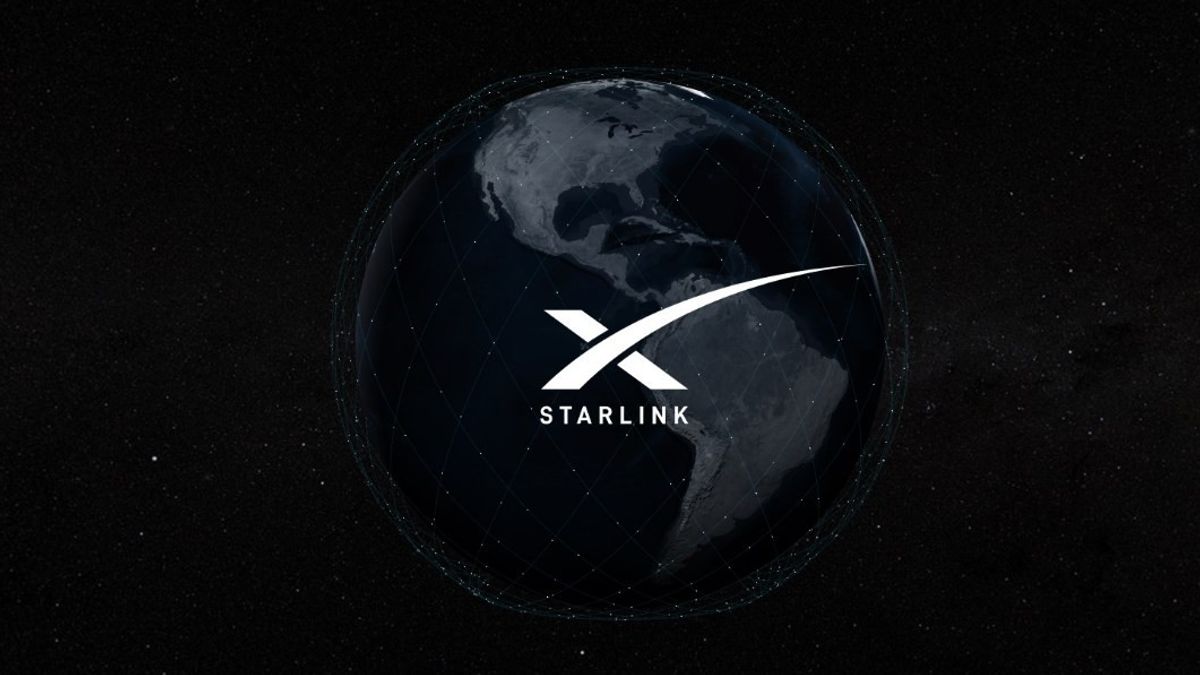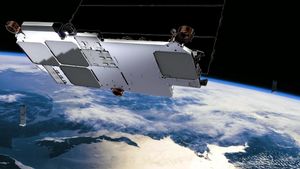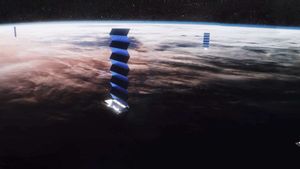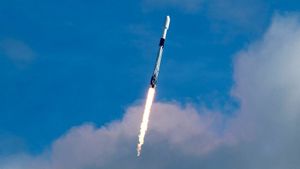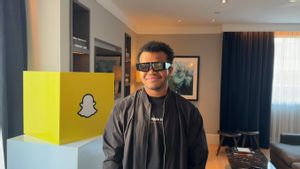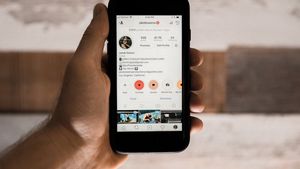JAKARTA - SpaceX, Elon Musk's space startup company wants to connect internet access to the rest of the world, evenly. This effort was presented by launching Starlink, the newest generation internet satellite transmitter.
The first time Elon Musk came up with the idea publicly in 2015, he noted that a constellation of spacecraft in low Earth orbit could provide much higher data rates, with much less lag than traditional satellite internet service providers.
Since then, SpaceX has received permission from the Federal Communications Commission to deploy nearly 12.000 table-sized satellites by mid-2027. Although the company has plans to fly as many as 42.000 spacecraft. The company has successfully launched more than 900 Starlink satellites into space.
With Starlink, SpaceX hopes to reach around 3 percent to 5 percent of the global telecommunications industry which is worth trillions of dollars per year, or the equivalent of USD 30 billion to USD 50 billion per year.
"We see this as a way for SpaceX to generate income that can be used to develop more sophisticated rockets and spacecraft", Musk said in 2019.
"In our opinion, this is an important stepping stone on the journey towards developing a self-contained city on Mars and a base on the moon".
SEE ALSO:
SpaceX will begin public beta testing in the northern US and Canada this 2020. This trial won praise from many people because most did not have access to high-speed internet service before Starlink arrived.
Analysts are continuing to study how and whether Starlink can turn a profit. These questions arise amid the ongoing controversy regarding the failure rate of the satellite and its potential to create orbital debris, as well as the immediate impact on the continuity of astronomical research, as reported by Busines Insider.
On the other hand, astronomers have difficulty seeing the stars through binoculars or telescopes because they are blocked several times by the Starlink satellites. However, it should be realized that this important breakthrough could connect various people from any part of the world without being obstructed by the signal from the transmitter.
The English, Chinese, Japanese, Arabic, and French versions are automatically generated by the AI. So there may still be inaccuracies in translating, please always see Indonesian as our main language. (system supported by DigitalSiber.id)
